Affiliate links on Android Authority may earn us a commission. Learn more.
What is the HUAWEI P20's Hybrid Zoom?
Published onApril 13, 2018
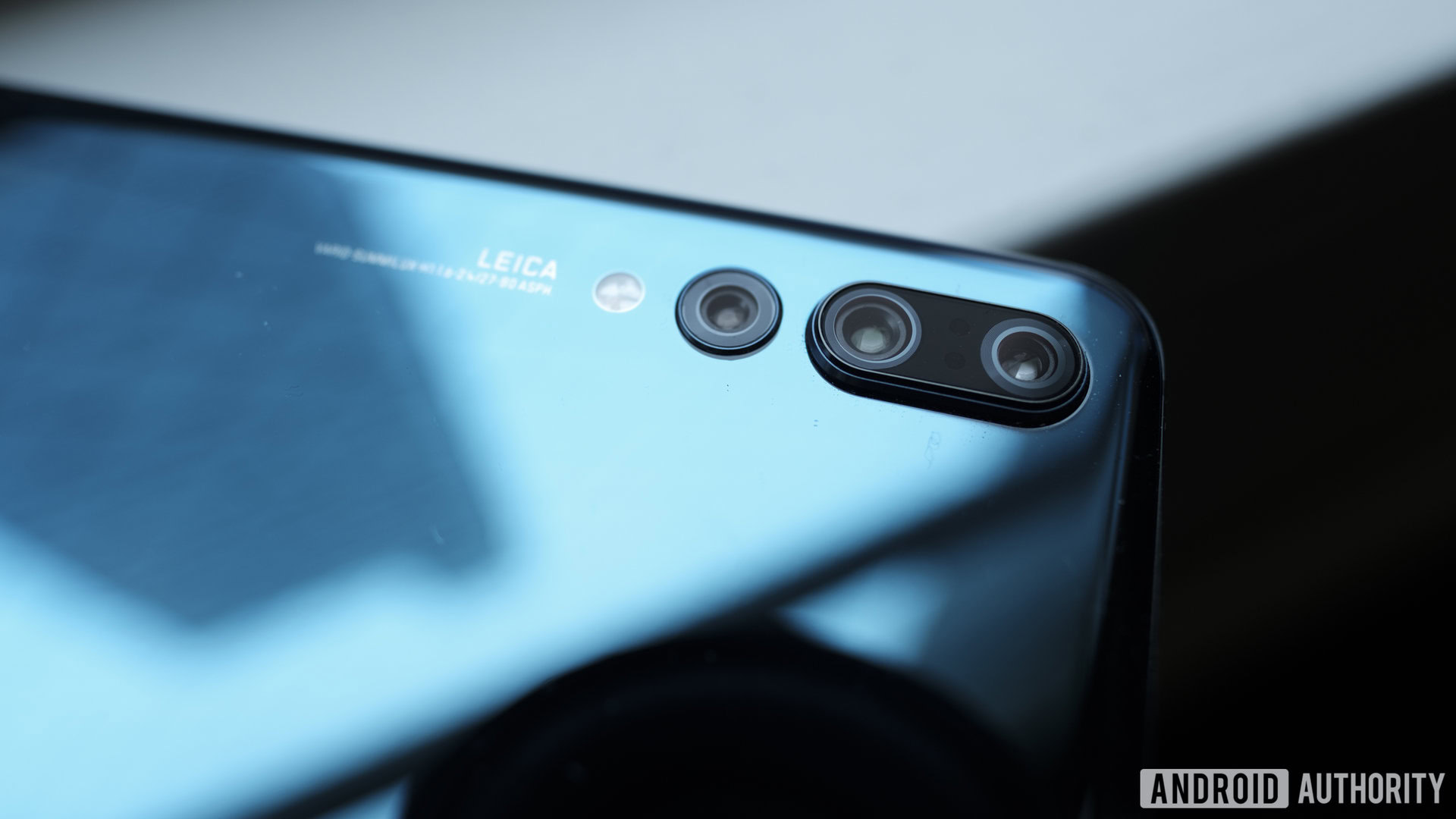
Flagship smartphones are full of neat, unique, and increasingly powerful camera features, be it Google’s HDR+, LG’s wide-angle shooting option, or super slow motion video capture. HUAWEI hopes to catch your attention with its new Hybrid Zoom technology, one of the new camera features tucked into its latest P20 and P20 Pro flagships.
Huawei’s Hybrid Zoom technology isn’t brand new. It has appeared in a number of the company’s high-end smartphones, like the Mate 9, P10, and Mate 10 Pro. The technology was also mentioned during the launch of the company’s Kirin 960 processor back in 2016. However, the P20 Pro is the first HUAWEI smartphone to make use of a telephoto lens to improve its zoom capabilities up to five times before seeing a serious lack in quality.
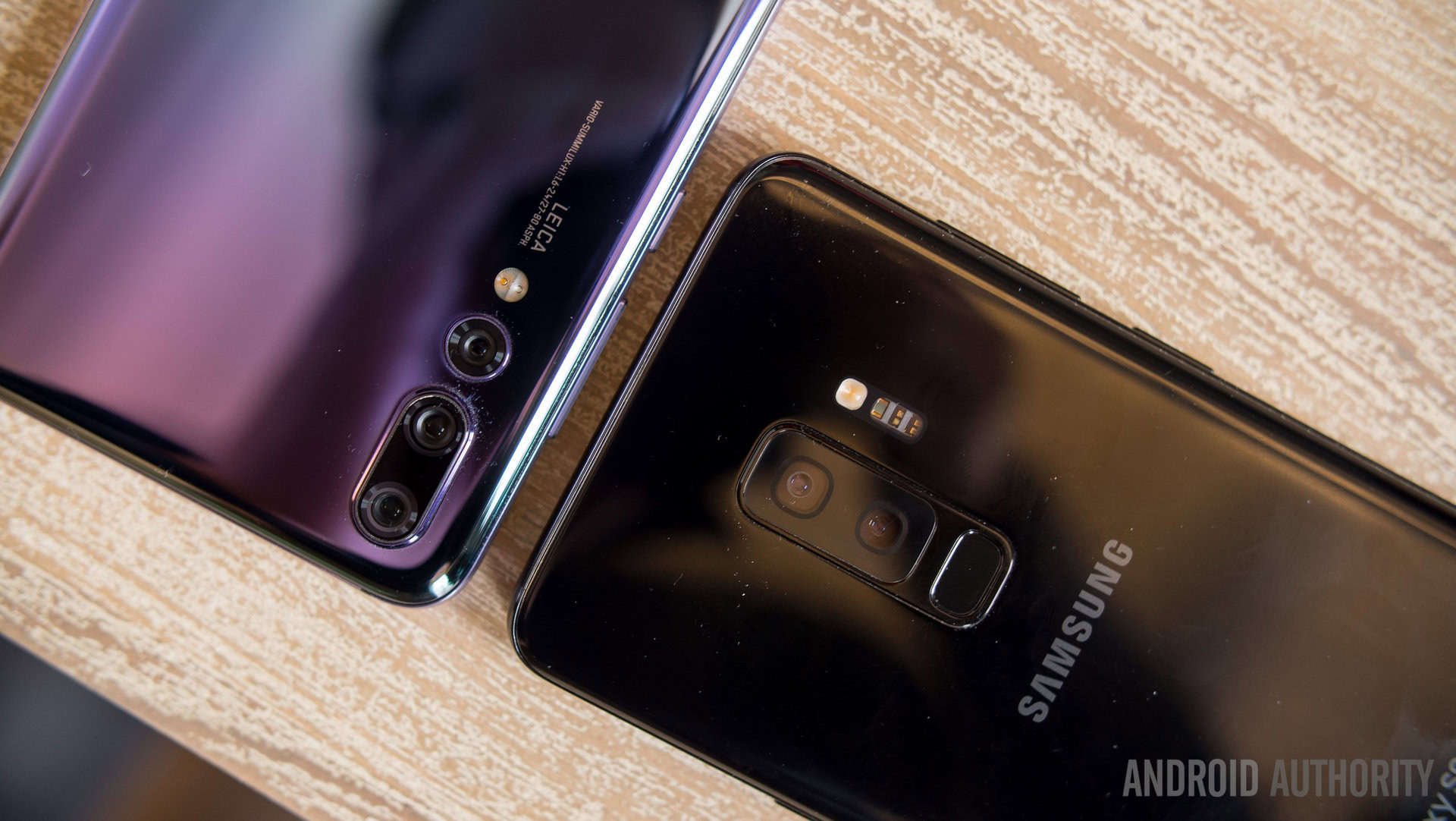
Optical vs Digital vs Hybrid Zoom
Photography buffs can probably skip this primer, but it’s important to cover nonetheless.
The classic zoom options available with cameras fall into two categories, optical or digital. Optical zooming shifts mechanical glass lenses to adjust the focal length, resulting in a magnification effect on what you’re looking at. This way the image sensor (the bit responsible for capturing your digital image) sees the magnified picture as it captures, providing a zoomed-in picture at its maximum resolution. Some smartphones boast optical zoom capabilities, but only by using cameras with different focal lengths and switching between them to zoom in on the subject — this technique is far more limited than a traditional optical zoom.
Digital zoom, by comparison, is used in cameras without movable lens elements, such as a smartphone. When using digital zoom, the image sensor sees the same scene regardless of the zoom level. The only way to zoom in is to crop the picture and scale it up, which reduces the resolution and results in more pixelated pictures. Some software interpolation is often used to soften the look, but the fine details simply can’t be detected.
Huawei’s Hybrid Zoom uses dual cameras in a more intelligent way, utilizing powerful software to mix data from two cameras at different focal lengths in order to retain and/or rebuild more detail when zooming in. It’s certainly not optical zoom, and the results aren’t quite as good, but it’s more powerful than basic digital zoom for preserving fine details at a distance. Think of the technology as somewhere in between the two in terms of quality, but it’s primarily a digital-based technology. This is a particularly useful idea in smartphones where optical zoom mechanisms can’t be used on a single lens, and the HUAWEI P20 Pro seems to produce some rather good results when extending to its 5x Hybrid Zoom limit.
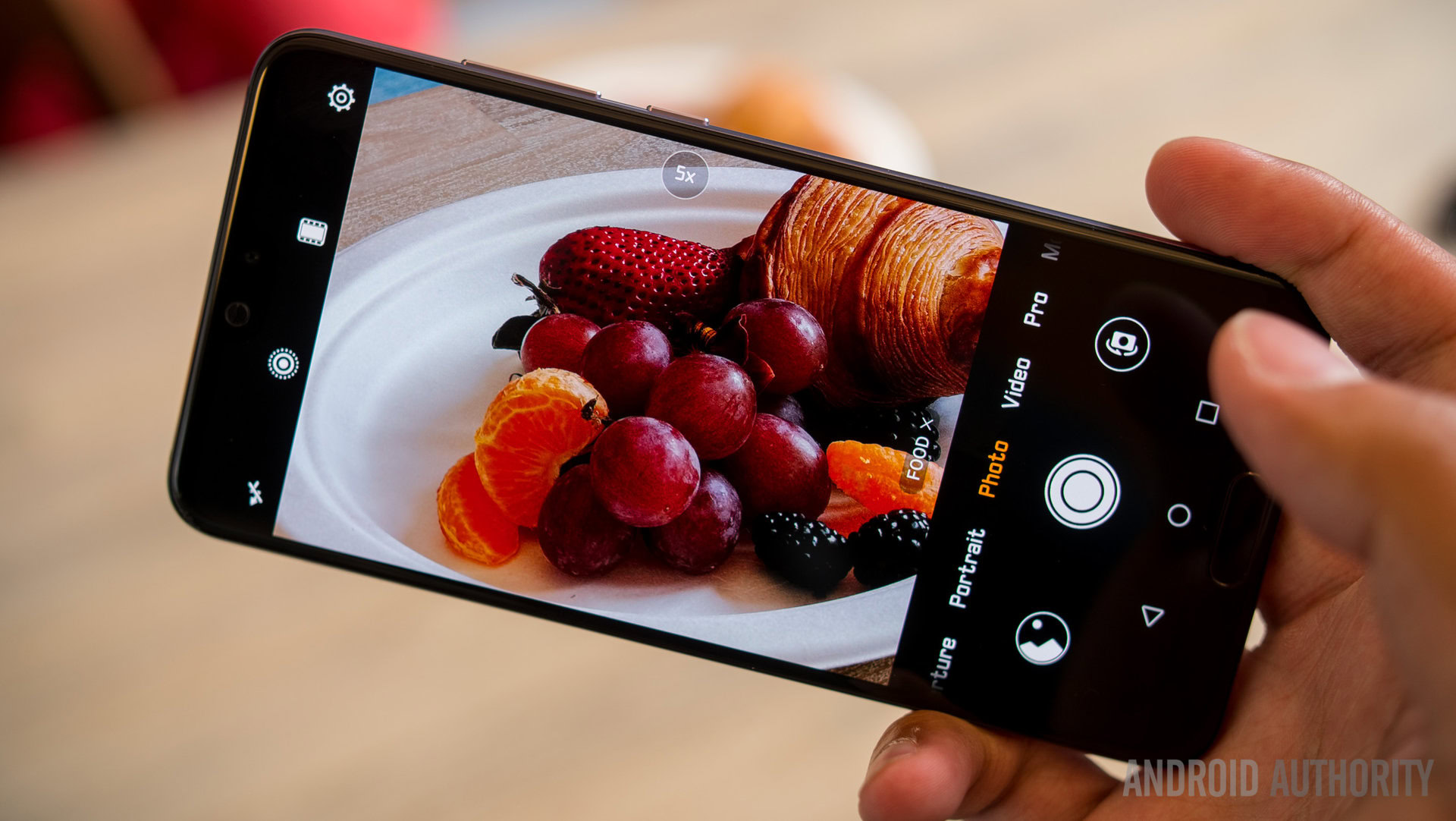
How Hybrid Zoom works
So how do we get there? A very powerful image processing technique called super resolution can be used to enhance the detail in images. HUAWEI doesn’t specifically state its Hybrid Zoom technology uses super resolution techniques, but there are a few hints lying around. The company’s HiAI mobile neural network computing platform documentation details a range of image processing techniques, including super resolution, that can be done on its Kirin NPU. HUAWEI has used super resolution zoom as far back as 2013’s Ascend P2, which was provided by imaging company Almalence. Furthermore, you still get a 10MP zoomed-in image, even though you’re technically zooming closer than the 8MP resolution limit of the telephoto lens. So the signs point to some form of super resolution technique.
Super Resolution is used by astronomers to remove noise and increase resolution when observing distant planets.
The general idea with super resolution is something called sub-pixel localization. Sub-pixel localization determines the accuracy of any point in a picture to sub-pixel accuracy by looking at the same point in two or more frames, each with a slightly different point of view. HUAWEI’s dual camera setup already gives us two slightly different points of view, but you can also combine multiple image frames from any single camera to increase the amount of data available. This technique isn’t reserved for dual cameras either — it’s regularly used by astronomers to remove noise and increase resolution when looking at distant planets and other objects in space. OPPO did something similar with its 50MP Super Zoom images on 2014’s single-camera Find 7.
Remember that the information stored in each pixel of a picture is only really an approximation of the light that reached the sensor. Cameras are limited by their resolution, so each pixel actually averages the finer details it can’t detect into a single color. This can also be influenced by the noise that creeps into the sensor from mechanical and electronic sources too. So when you take the same picture from two ever-so-slightly different positions, many of the pixels will end up with slightly different values. Using various algorithms or databases, it’s possible to extract extra detail from lower quality images by looking at the differences between pixels in multiple frames. The end result is a higher resolution image with extra pixel data.
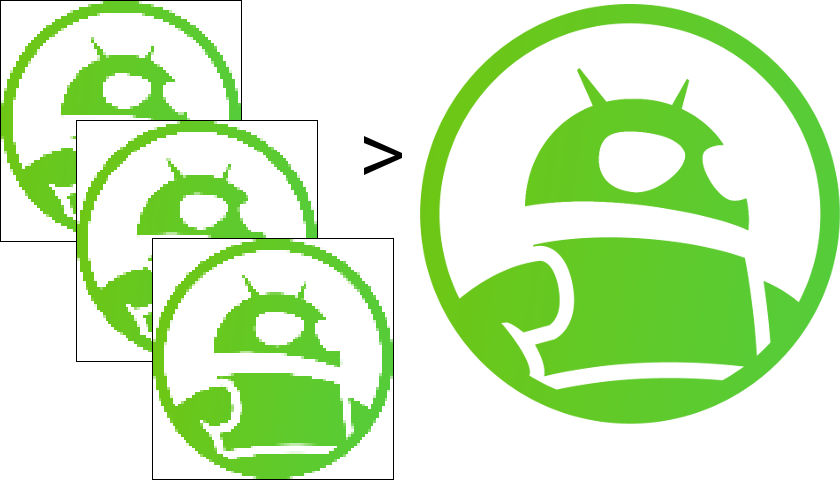
Super resolution is essentially a form of oversampling — it creates a higher resolution image from multiple lower resolution samples. You can use various different weights and algorithms to decide how to handle these pictures, and each will produce slightly different results. When you zoom in on this higher resolution image, it preserves more detail than a typical digital zoom. This technique can also be used for noise reduction, deblurring and stabilization, and for creating time-lapse-style shots.
The technology isn’t flawless. Like other interpolation filters, “rings” or “halos” around sharp edges can be a problem and textures can end up looking “painted” — where colors end up smudging into each other. Different algorithms also work slightly better depending what’s in the scene, so results can vary depending on the contents of your pictures. We can see some of these artifacts when pixel peeping at samples from the HUAWEI P20 Pro below.
The P20 Pro's Hybrid Zoom combines data from the 8MP 3x telephoto and main 40MP cameras.
When it comes to the HUAWEI P20 Pro’s camera, the super-resolution image is cropped into the zoomed frame and possibly also compressed into a 10MP output. We’re also not sure exactly what algorithms HUAWEI uses to generate this image and how many pictures the sensor takes from each camera. All we know is it combines data from the 8MP 3x telephoto and 40MP sensors. The same idea applies to other HUAWEI smartphones with Hybrid Zoom functionality, which use a monochrome sensor to gather additional data and limit the camera to a 2x Hybrid Zoom.
Example Shots
For these example shots, we’ve taken pictures at 1x, 3x optical, and 5x Hybrid Zoom. To compare them, the 1x and 3x images are zoomed in (upscaled without interpolation) by a factor of 500% and 166.67% respectively to hit 5x. In other words, we’ve cropped all the images to match the 5x zoom frame. Originally the plan was to use the Pro mode to ensure the same exposure settings and counterbalance the different camera apertures, but our testing found that the 3x telephoto lens isn’t used at all when shooting with that option, resulting in an inferior zoom. My suspicion is that Hybrid Zoom is still in play in Pro mode, but only using the 40MP and 20MP monochrome sensors (there’s a comparison at the bottom if you want to take a look). Interestingly, Samsung also disables the 2x telephoto lens when shooting in Pro mode with its Galaxy Note 8.
Instead, we took the pictures using the default Photo mode for the best zoom effect but turned the AI camera options off to keep the image colors and exposure as similar as possible when switching zoom levels. The first two examples also include a zoomed-in 40MP image for comparison. As we would expect, shooting in the 40MP mode gives us extra resolution data for better quality when performing a digital zoom. The results also show how the optical and Hybrid Zoom options perform much better than digitally zooming in on the 40MP image. They are definitely the options to use when shooting distant objects.
Be sure to click on the images to take a close up look and click this link to see the full resolution uncropped images in this article to compare them for yourself.
In this first gallery, the main elements to focus on are the text on the right and the grooves in the vinyl on the left. Scaling up the 1x image with a 5x digital crop proves hopeless at picking out any text detail at this distance. The situation is only marginally improved by switching to the 40MP sensor, showing that digitally zooming into a photo this far isn’t really much use regardless of your pixel count. However, the differences between the 3x optical and 5x Hybrid Zoom modes are harder to tell apart. The Hybrid Zoom picks out the text detail much more clearly and denoises the image, but the side effect of this is that the grooves on the left begin to blend together. The color grading is also slightly different, most likely as a result of the processing algorithm. Overall though, it’s the better picture if you’re looking to zoom in this far.
This second gallery shows similar deficiencies on the 5x digital crop that we manufactured in post (rather than on-camera). The 3x optical option passably picks out edge details on the flowers and leaves, and again there’s very little to tell between it and the 5x option here, save from the sharper edges. The biggest difference is probably the denoising effect from the Hybrid Zoom and some slightly more refined edges. There are also notable color and exposure differences between the 1x, 3x, and 5x zoom levels. This is partly down to the camera’s auto settings, the different camera apertures and contents of the frame, and also possibly the software algorithm.
Our final images demonstrate the P20 Pro’s Hybrid Zoom feature in more optimal conditions, with plenty of light, hard edges, and few complex textures. The difference this time is more noticeable. While the 3x optical zoom option shows some notable noise and jaggedness upon zooming in digitally to 5x, the hybrid algorithm removes virtually all of these issues, resulting in a much cleaner presentation in the 100 percent crop. The 1x to 5x uncropped images also show just how much of a zoom 5x really is when you’re out taking landscape shots, so the Hybrid Zoom holds up incredibly well here.
We see similar results with this long-range outdoor picture. The detail is mostly lost using digital zoom but is reasonably well retained from the 3x optical camera even when blown up to fit the 5x frame. When comparing the 3x optical to 5x hybrid, we can again see a smoother presentation from the hybrid option, with minor details appearing particularly well preserved. Again though, there is some noticeable color smearing when pixel peeping, particularly when looking at the shadows on the statues and the roof tiles.
The bottom line is you can actually use the P20 Pro's zoom function, unlike most other phones.
As you can tell by the marked improvement of the Hybrid Zoom results in the last shots, the scene you’re shooting actually affects the quality of the 5x shot. But on the whole, it’s a massive improvement over digital zoom. It’s consistently better than digitally zooming in post when using the 3x telephoto lens, too. Due to this being a software implementation, the content of the picture influences the results somewhat, and you’ll want to be in a well-lit environment for the best results. The bottom line is you can actually use your camera’s zoom function with the P20 Pro, unlike most other phones.
Photo vs Pro mode
As we mentioned at the start of this comparison, the 3x telephoto lens isn’t used to assist with the 5x Hybrid Zoom when shooting with the camera’s Pro mode. I’ve confirmed this by covering the lens and observing no change in the results. Zooming in Pro mode results in pictures that aren’t as clear as when shooting with the regular Photo mode. Because of this, the pictures will actually look like the regular P20 and other Hybrid Zoom phones that don’t have a telephoto lens. Importantly though, the pictures still look notably better than a normal digital zoom, confirming that a Hybrid Zoom technique (super resolution) is indeed in use.
In this example, we can see a notable increase in quality over a regular digital zoom even when shooting in Pro mode. However, without the 3x telephoto lens to provide optical zoom details, the image is notably worse when shooting in Pro mode compared with Photo mode. This clearly isn’t ideal, but it does present us with an interesting opportunity to explore how super resolution zoom stacks up against optical zoom by looking at some of our 3x zoomed and cropped samples.
The results above are pretty much in line with what we would expect. The 3x Hybrid Zoom option when using Pro mode certainly looks better than just digitally zooming in on our 1x picture in post. However, the use of the 3x telephoto lens when shooting in Photo mode produces the superior result by far, with plenty of extra detail and more vibrant looking colors to boot.
For the best zoom quality, use the P20 Pro's Photo rather than Pro mode.
So why does Pro mode not make use of the clearly superior zoom option? The reason likely goes back to the different exposures and colors we see when taking the flower shot. Huawei’s Pro mode gives users control over ISO, shutter speed, exposure, and color temperature, yet this can change quite substantially when switching between the 8MP f/2.4 telephoto camera and the 40 MP f/1.8 main camera. To ensure Pro mode’s manually adjusted settings work in the way the consumer expects when zooming in — without a change in color and exposure — HUAWEI has likely opted to just use Hybrid Zoom, taking data from the 40MP and 20MP monochrome sensors only, as the results are still superior to a regular digital zoom.
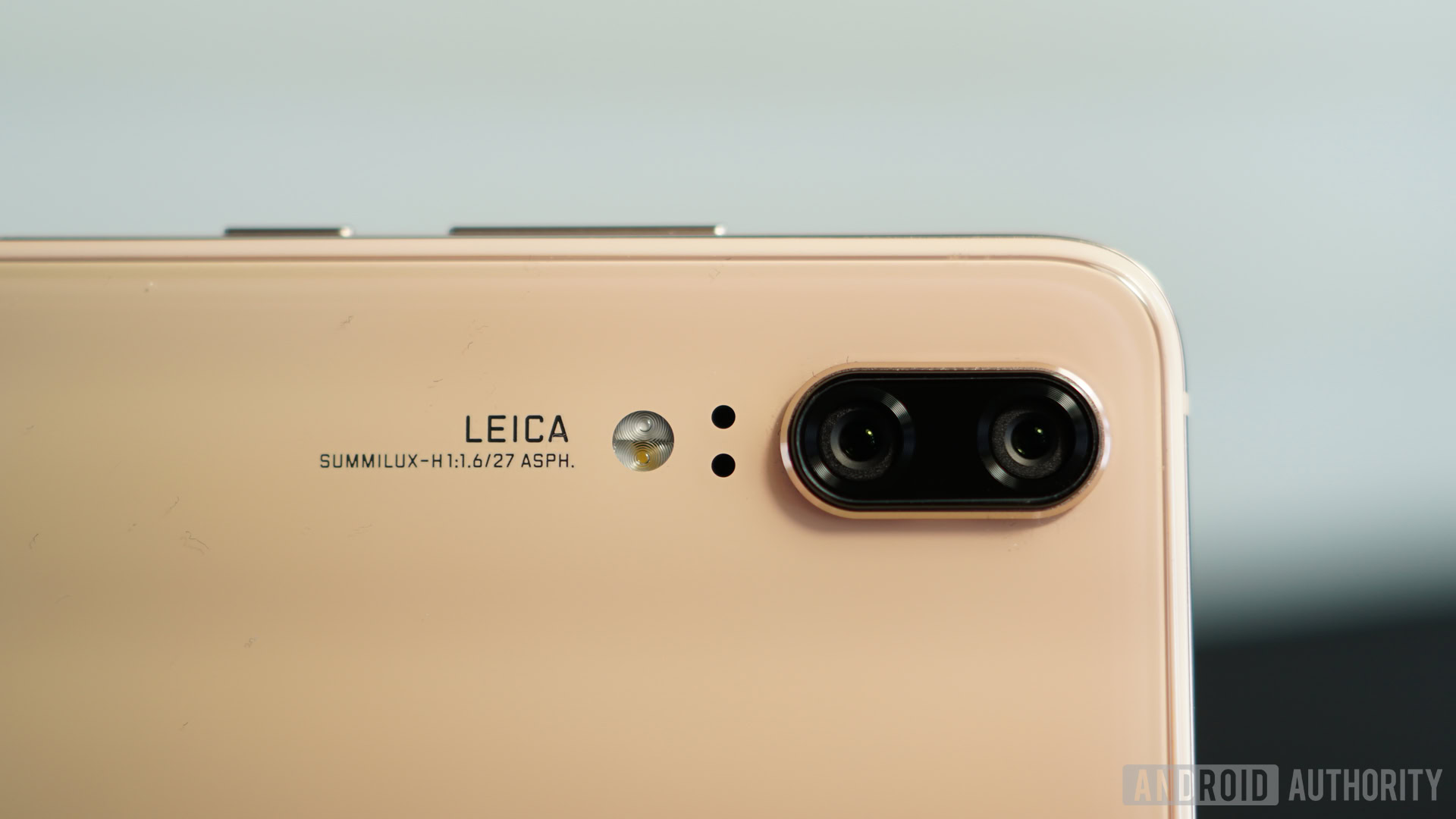
Superior digital zoom
The P20 Pro’s triple camera is perhaps even more intriguing than initially anticipated, as HUAWEI’s Hybrid Zoom technology puts in an impressive performance but varies in its implementation depending on which camera mode you’re shooting in. But regardless of the mode, it’s still a superior technology to most smartphone cameras’ digital zoom functionality. The best way to think about Hybrid Zoom is as a superior form of digital zoom. But it doesn’t rely on movable lenses or mechanical hardware, so it fits neatly inside a smartphone. It’s a smart, software-based technology which boosts resolution detail and therefore looks a fair bit better when you need to digitally zoom in on the pixels. Which is exactly what most of us want.
It’s not always perfect, but Hybrid Zoom is certainly a technology worth looking for on a smartphone specification sheet if you like to capture macro shots or typically crop your original pictures. Smartphone cameras still may not quite be at DSLR quality, but innovations like Hybrid Zoom give photographers a lot more options for taking better-looking pictures.